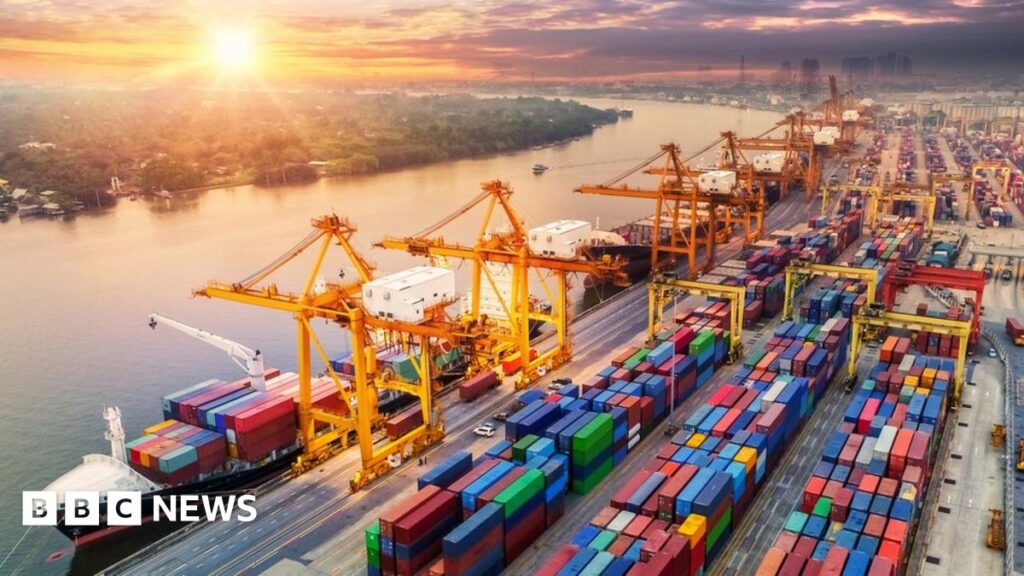The key perk is greater access to each others’ markets, and a pledge to eliminate or reduce 95% of import charges or tariffs.
But some are kept to protect sensitive domestic areas, such as Japan’s rice farming industry.
Also, manufacturers that get components from lots of different places can claim their products qualify for preferential treatment.
That means they can tick the so-called “rules of origin” box, as long as 70% of those components come from any of the participating countries.
The provisions could help UK producers of items such as machinery and medicines – our most valuable exports to those nations – by reducing their costs and allowing them to expand their supply chains across the constituent countries.
Away from trade, membership means investors from CPTPP countries get the same treatment as domestic firms when they put money into projects taking place in other member states, which could benefit UK firms.
In 2017, the CPTPP nations accounted for about £1 in every £12 of foreign investment in the UK, and the same going the other way – supporting business and jobs.
In return, countries must co-operate on regulations, such as food standards.
However, unlike the European Union, the CPTPP is neither a single market nor a customs union.
So countries are not required to have identical regulations and standards.
And countries can strike their own trade deals with others, as the UK has with the EU – although membership of the CPTPP would not be compatible with re-joining the EU itself.

